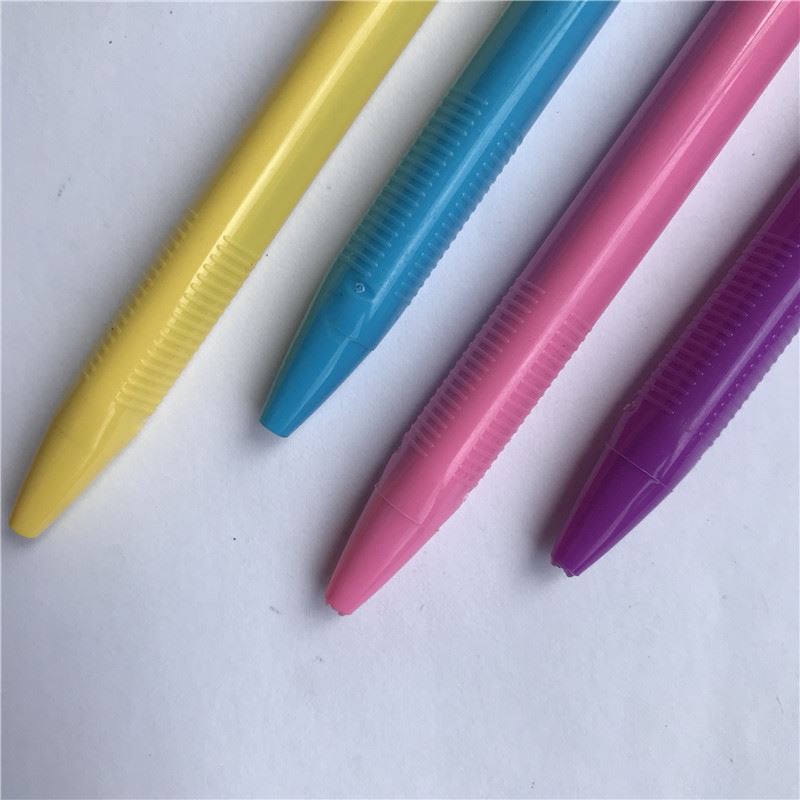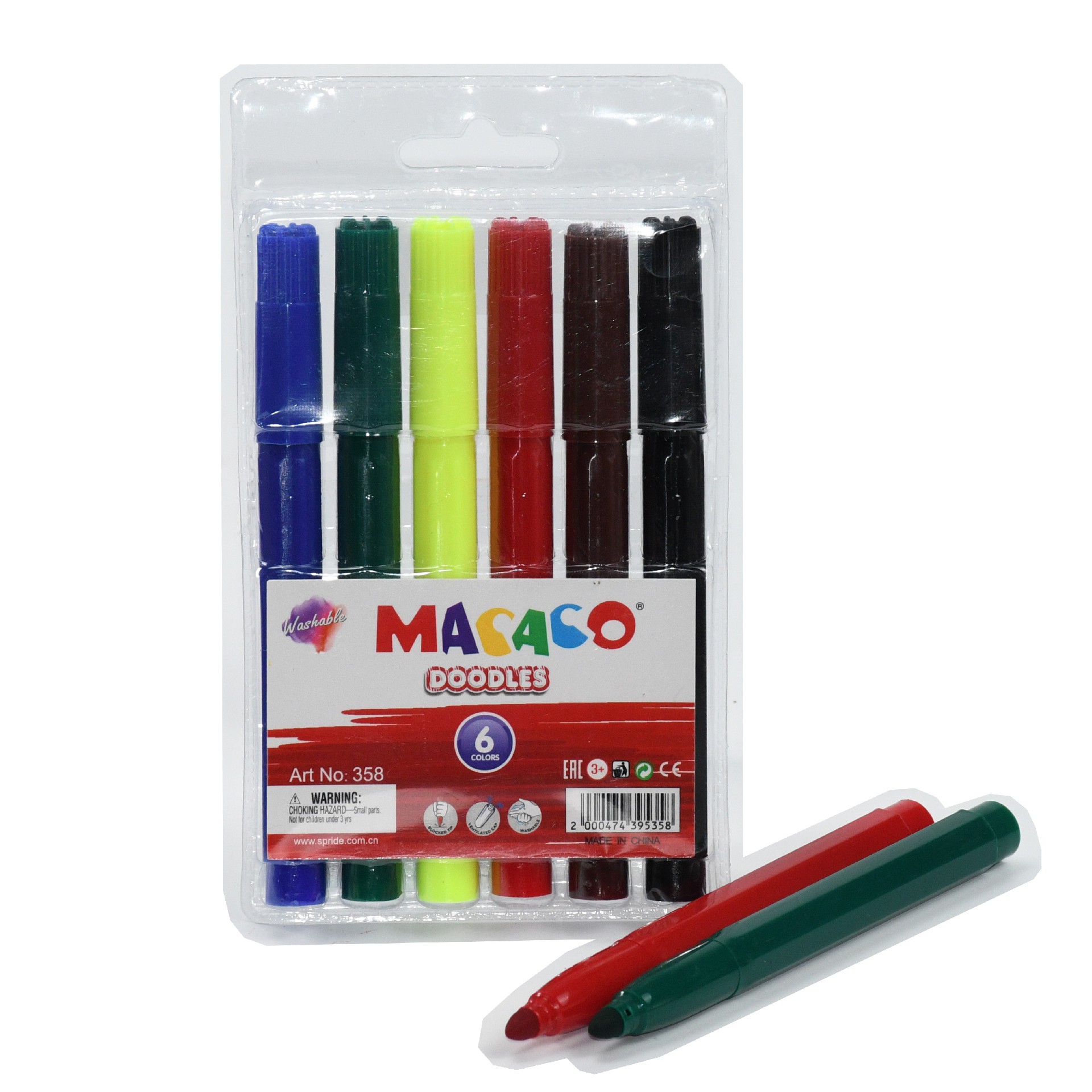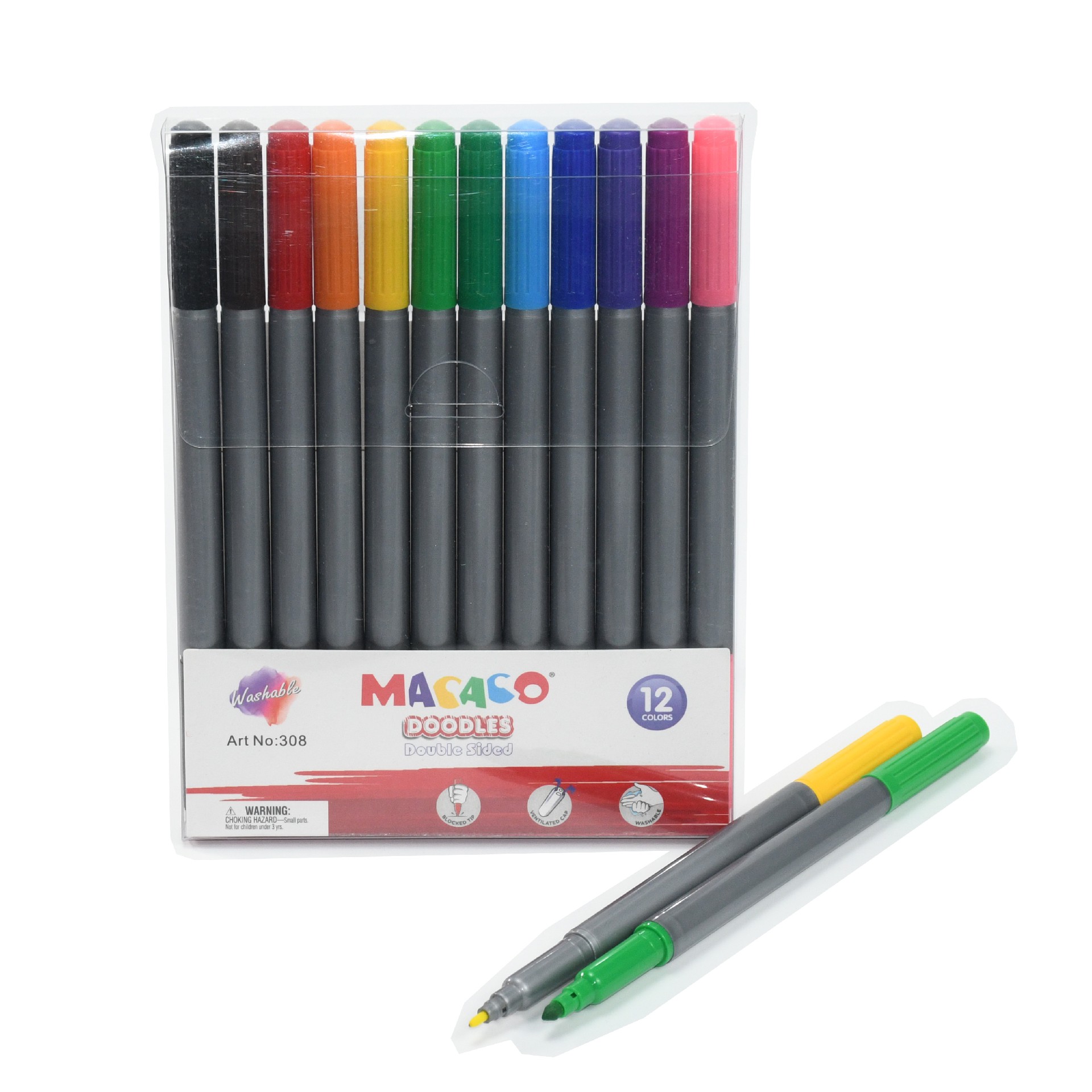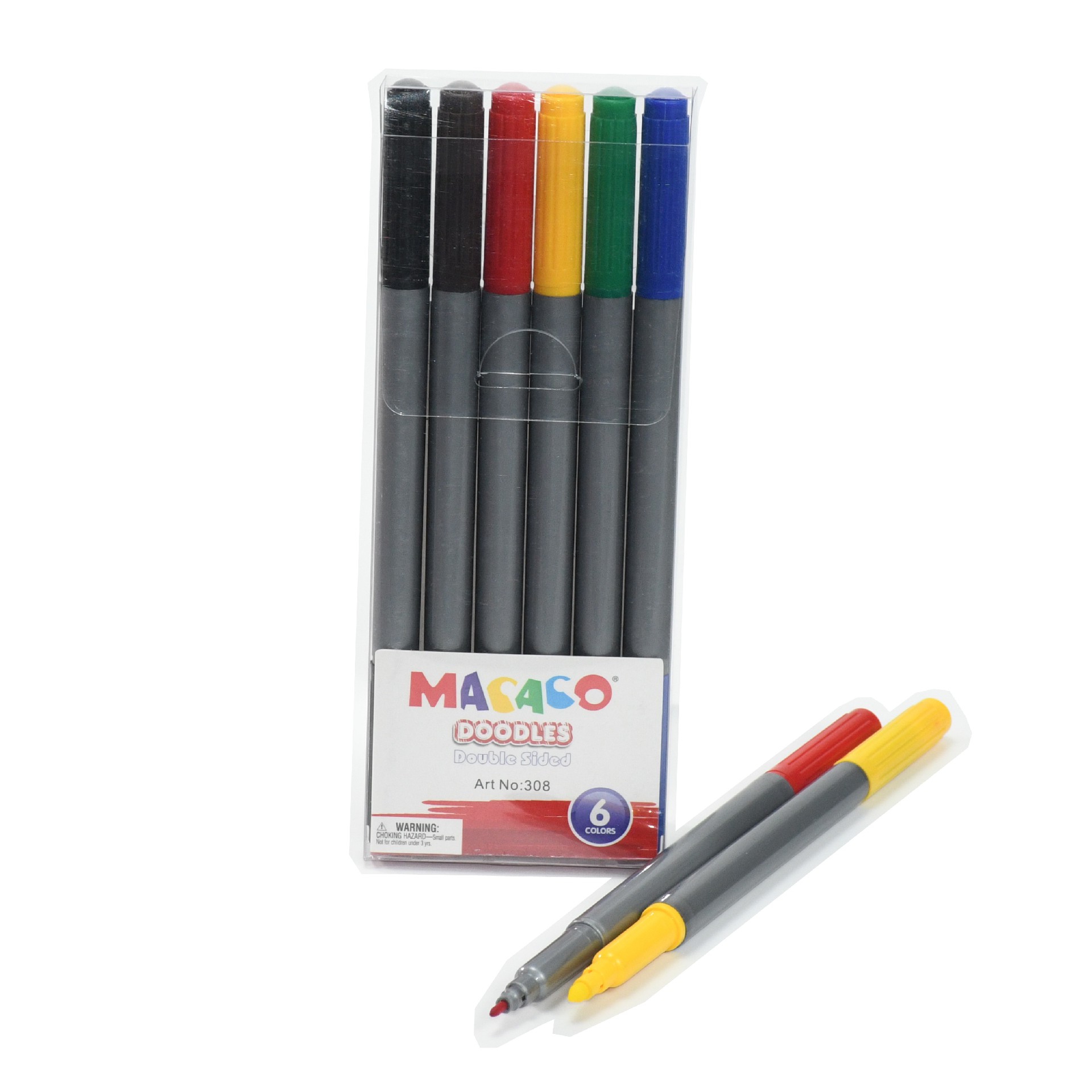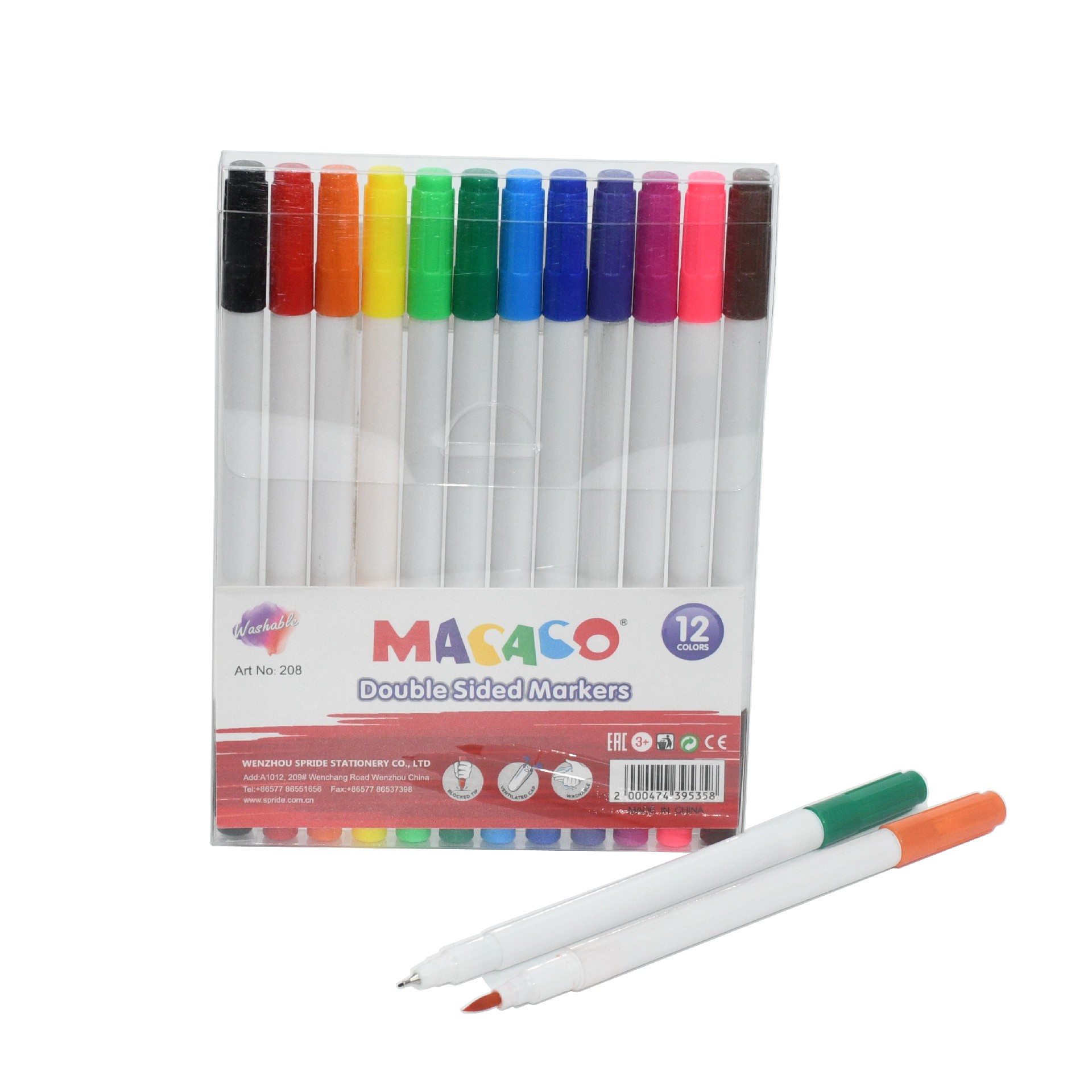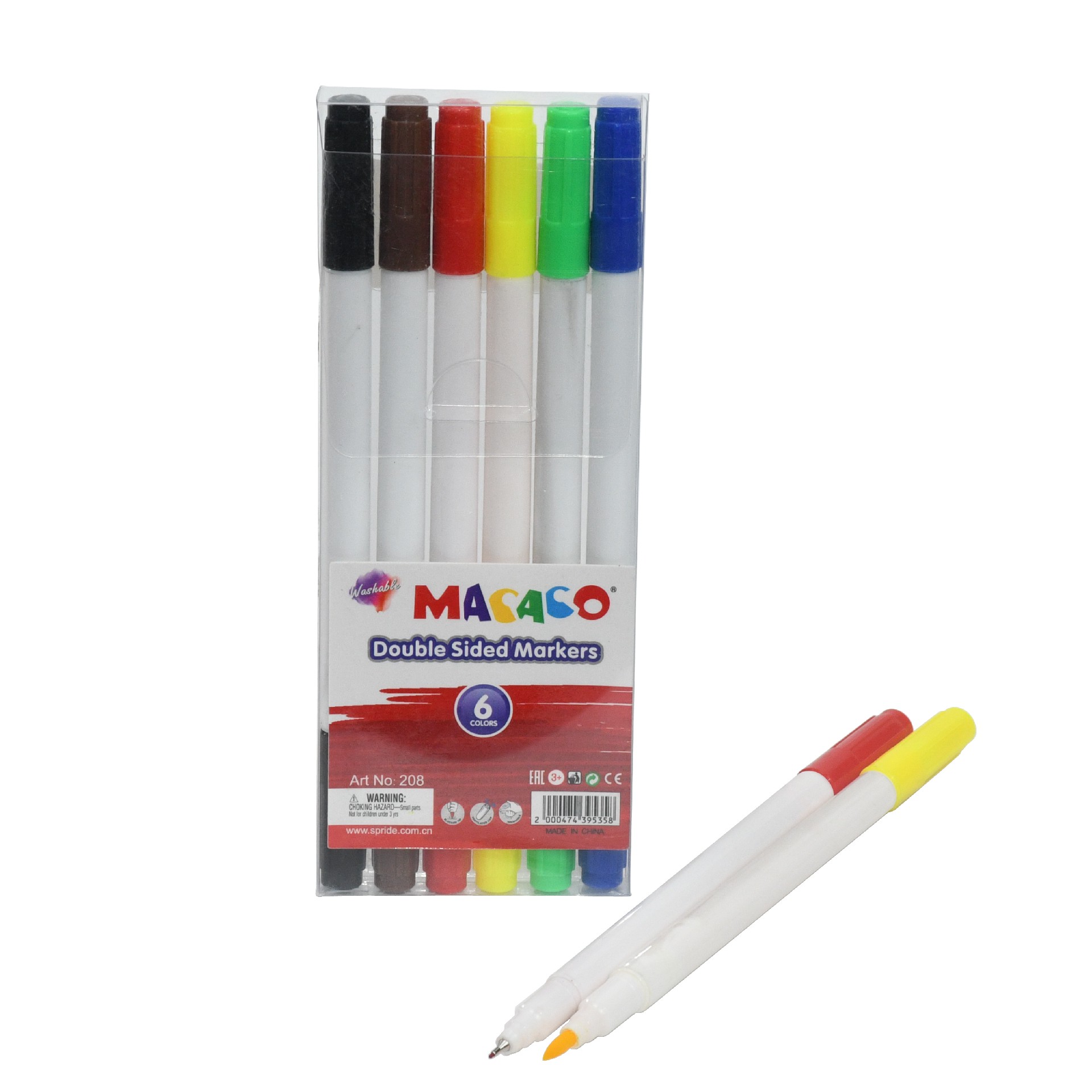The first time that the name ballpoint pen appeared was in 1888. It was an American journalist named John Lauder who designed a pen that used a roller ball as a nib, but he failed to make it into a commodity that is easy for people to use.
In 1895, a commercial non-writing ballpoint pen was also sold on the British market, but it was not popular because of its narrow use. In 1916, someone in Germany also designed and produced a new type of ballpoint pen. Its structure was similar to today's ballpoint pens, but its performance was poor and failed to attract widespread attention.
Hungarian journalist Ladiszlo Biro is very aware of the problems with ordinary pens. Biro believes that he came up with the idea of replacing the traditional ink pen with a pen that uses quick-drying ink while visiting a newspaper. The ink used in newspapers dries almost instantly without leaving stains. Biro vowed to apply similar ink to a new type of writing instrument. In order to prevent sticky ink from clogging his pen, he proposed to install a small rotating metal ball on the top of the tube containing the quick-drying ink. The metal ball will have two functions: as a pen cap to prevent the ink from drying out. Make ink flow out of the pen at a controlled rate. In June 1943, Biro and his brother Georg (a chemist) applied to the European Patent Office for a new patent and produced the first commercial ballpoint pen, the Biro ballpoint pen. Later, the British government purchased the right to use this patented ballpoint pen so that these ballpoint pens can be used by the crew of the Royal Air Force. In addition to being stronger than traditional fountain pens, ballpoint pens can also be used at low pressure and high altitudes (in high altitudes, the ink of traditional fountain pens will overflow). This has received very good results in the Royal Air Force, making the Biro ballpoint pen highly praised. During the Second World War, this ballpoint pen was widely used in the army due to its robustness and ability to adapt to the battlefield environment.
